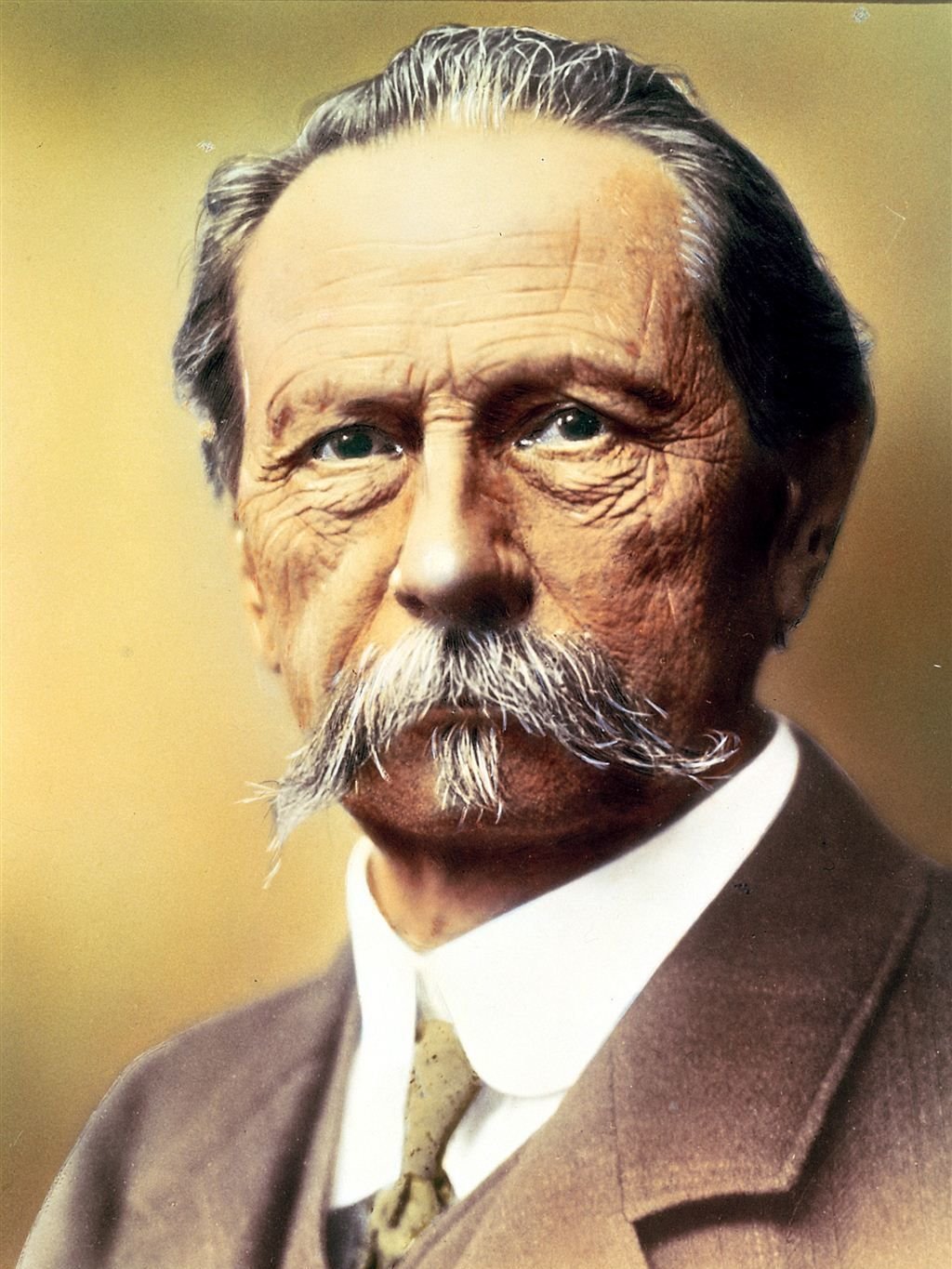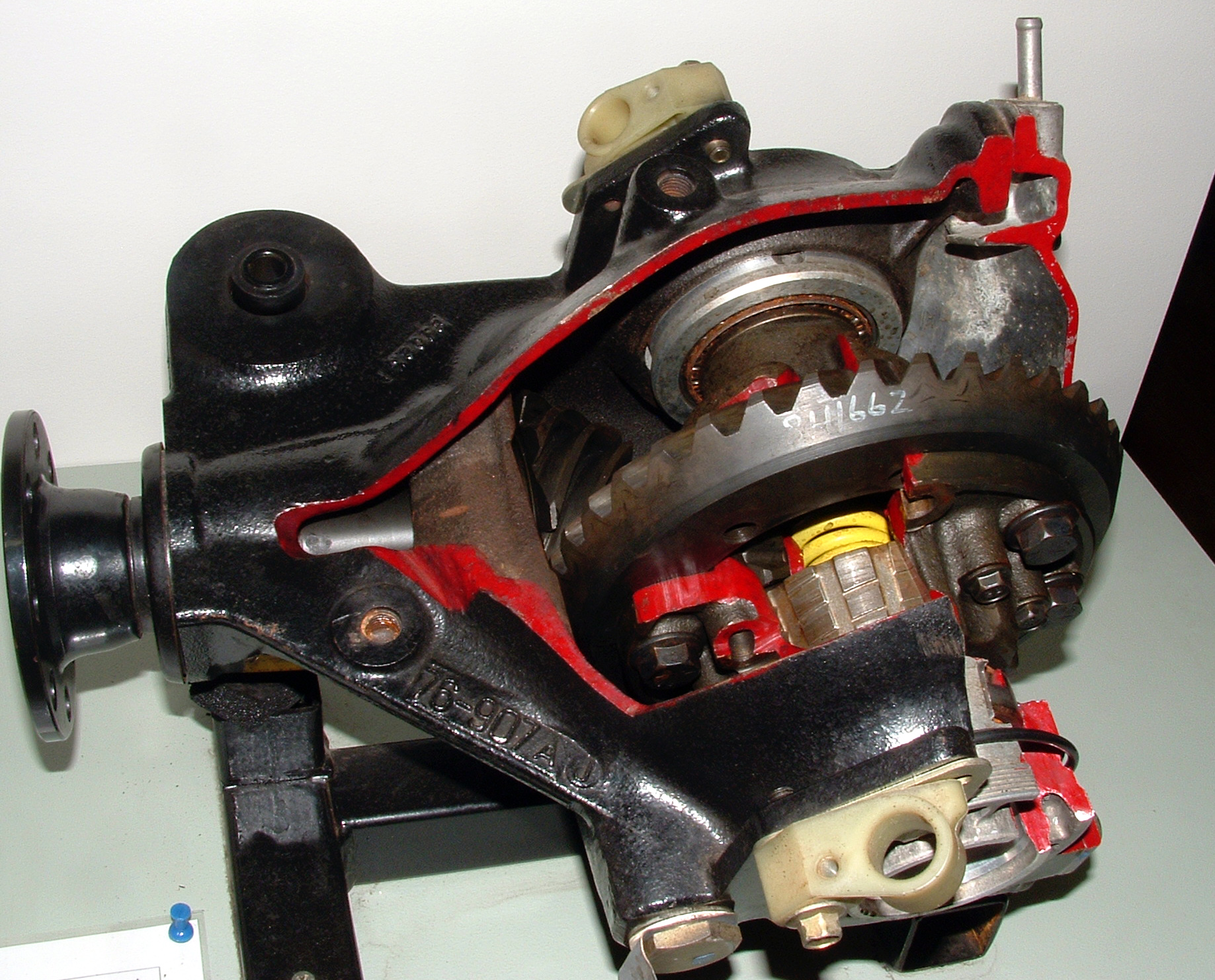|
Symmetrical All Wheel Drive
The Symmetrical All-Wheel Drive (also known as Symmetrical AWD or SAWD) is a full-time four wheel drive, four-wheel drive system developed by the Japanese automobile manufacturer Subaru. The SAWD system consists of a longitudinally mounted flat engine, boxer engine coupled to a symmetrical drivetrain with equal length half-axles. The combination of the symmetrical layout with a flat engine and a transmission balanced over the front axle provides optimum weight distribution with low center of gravity, improving the steering characteristics of the vehicle. Ever since 1966, most of the Subaru models sold in the international market are equipped with the SAWD system by default, with the rear wheel drive Toyota 86#Subaru BRZ, BRZ and kei cars as the exceptions. History The earliest version of Subaru SAWD debuted in September 1972 as an optional part-time mechanical four-wheel drive system for the first-generation Subaru Leone Wagon. In 1986, the automatic non-turbocharged version of the ... [...More Info...] [...Related Items...] OR: [Wikipedia] [Google] [Baidu] |
Four Wheel Drive
Four-wheel drive, also called 4×4 ("four by four") or 4WD, refers to a two-axled vehicle drivetrain capable of providing torque to all of its wheels simultaneously. It may be full-time or on-demand, and is typically linked via a transfer case providing an additional output drive shaft and, in many instances, additional gear ranges. A four-wheel drive vehicle with torque supplied to both axles is described as "all-wheel drive" (AWD). However, "four-wheel drive" typically refers to a set of specific components and functions, and intended off-road application, which generally complies with modern use of the terminology. Definitions Four-wheel-drive systems were developed in many different markets and used in many different vehicle platforms. There is no universally accepted set of terminology that describes the various architectures and functions. The terms used by various manufacturers often reflect marketing rather than engineering considerations or significant technical diff ... [...More Info...] [...Related Items...] OR: [Wikipedia] [Google] [Baidu] |
Continuously Variable Transmission
A continuously variable transmission (CVT) is an automatic transmission that can change seamlessly through a continuous range of gear ratios. This contrasts with other transmissions that provide a limited number of gear ratios in fixed steps. The flexibility of a CVT with suitable control may allow the engine to operate at a constant RPM while the vehicle moves at varying speeds. CVTs are used in cars, tractors, side-by-sides, motor scooters, snowmobiles, bicycles, and earthmoving equipment. The most common type of CVT uses two pulleys connected by a belt or chain; however, several other designs have also been used at times. Types Pulley-based The most common type of CVT uses a V-belt which runs between two variable-diameter pulleys. The pulleys consist of two cone-shaped halves that move together and apart. The V-belt runs between these two-halves, so the effective diameter of the pulley is dependent on the distance between the two-halves of the pulley. The V-shape ... [...More Info...] [...Related Items...] OR: [Wikipedia] [Google] [Baidu] |
Volkswagen
Volkswagen (),English: , . abbreviated as VW (), is a German Automotive industry, motor vehicle manufacturer headquartered in Wolfsburg, Lower Saxony, Germany. Founded in 1937 by the German Labour Front under the Nazi Party and revived into a global brand post-World War II by the British Army Officer Ivan Hirst, it is known for the iconic Volkswagen Beetle, Beetle and serves as the flagship brand of the Volkswagen Group, the largest automotive manufacturer by worldwide sales in 2016 and 2017. The group's biggest market is in Automotive industry in China, China, which delivers 40 percent of its sales and profits. Its name is derived from the German-language terms and , translating to "people's car" when combined. History 1932–1940: People's Car project Volkswagen was established in 1937 by the German Labour Front (''Deutsche Arbeitsfront'') in Berlin. In the early 1930s, cars were a luxury – most Germans could afford nothing more elaborate than a motorcycle and only one ... [...More Info...] [...Related Items...] OR: [Wikipedia] [Google] [Baidu] |
Mercedes-Benz
Mercedes-Benz (), commonly referred to as Mercedes and sometimes as Benz, is a German luxury and commercial vehicle automotive brand established in 1926. Mercedes-Benz AG (a Mercedes-Benz Group subsidiary established in 2019) is headquartered in Stuttgart, Baden-Württemberg, Germany. Mercedes-Benz AG produces consumer luxury vehicles and commercial vehicles badged as Mercedes-Benz. From November 2019 onwards, Mercedes-Benz-badged heavy commercial vehicles (trucks and buses) are managed by Daimler Truck, a former part of the Mercedes-Benz Group turned into an independent company in late 2021. In 2018, Mercedes-Benz was the largest brand of premium vehicles in the world, having sold 2.31 million passenger cars. The brand's origins lie in Daimler-Motoren-Gesellschaft's 1901 Mercedes and Carl Benz's 1886 Benz Patent-Motorwagen, which is widely regarded as the first internal combustion engine in a self-propelled automobile. The slogan for the brand is "the best or nothing". Hi ... [...More Info...] [...Related Items...] OR: [Wikipedia] [Google] [Baidu] |
4Matic
4Matic (stylized as 4MATIC'') ''is the marketing name of an all-wheel drive system developed by Mercedes-Benz. It is designed to increase traction in slippery conditions. With the introduction of the 2017 E 63 S sedan, Mercedes-AMG announced a performance-oriented variant of the system called AMG Performance 4MATIC+.'' Description The four-wheel-drive system was developed in conjunction with Steyr-Daimler-Puch (currently Magna Steyr), who manufactured the Mercedes-Benz G-Class in Austria. Nearly all Mercedes-Benz vehicles that feature this system are paired with an automatic transmission as the default transmission. The first design of 4Matic system was introduced in 1987 on the W124 series (E Class) saloons (four-door) and estate (station wagon) cars. It was available with the 2.6 L and 3.0 L 6-cylinder petrol (gasoline) and diesel engines. First Generation The first generation 4Matic system was originally a complex electronically controlled system with automatically ... [...More Info...] [...Related Items...] OR: [Wikipedia] [Google] [Baidu] |
Toyota
is a Japanese multinational automotive manufacturer headquartered in Toyota City, Aichi, Japan. It was founded by Kiichiro Toyoda and incorporated on . Toyota is one of the largest automobile manufacturers in the world, producing about 10 million vehicles per year. The company was originally founded as a spinoff of Toyota Industries, a machine maker started by Sakichi Toyoda, Kiichiro's father. Both companies are now part of the Toyota Group, one of the largest conglomerates in the world. While still a department of Toyota Industries, the company developed its first product, the Type A engine in 1934 and its first passenger car in 1936, the Toyota AA. After World War II, Toyota benefited from Japan's alliance with the United States to learn from American automakers and other companies, which would give rise to The Toyota Way (a management philosophy) and the Toyota Production System (a lean manufacturing practice) that would transform the small company into a leader in t ... [...More Info...] [...Related Items...] OR: [Wikipedia] [Google] [Baidu] |
Torsen
Torsen Torque-Sensing (full name Torsen traction) is a type of limited-slip differential used in automobiles. It was invented by American Vernon Gleasman and manufactured by the Gleason Corporation. Torsen is a portmanteau of Torque-Sensing. ''TORSEN'' and ''TORSEN Traction'' are registered trademarks of JTEKT Torsen North America Inc (formerly Zexel Corporation, formerly Gleason Power Systems). All Torsen differentials have their origin in the Dual-Drive Differential that was invented and patented by Gleasman in 1958. Use Torsen differentials can be used in one or more positions on a motor vehicle: * center—used to apportion torque appropriately between front and rear axles on an all-wheel drive vehicle. * rear—used to apportion torque appropriately between left and right sides in rear axles. This may be on either a rear-wheel drive or a four-wheel drive vehicle. * front—used to apportion torque appropriately between left and right sides in front axles. This may be on eith ... [...More Info...] [...Related Items...] OR: [Wikipedia] [Google] [Baidu] |
Subaru WRX STI
The is a compact car that has been manufactured by the Japanese automaker Subaru since 1992. It was introduced as a replacement for the Leone, with the predecessor's EA series engines replaced by the new EJ series. It is now in its sixth generation. Subaru has offered a 5-door hatchback body variant since 2008. The firm also offered a coupé from 1995 until 2001, a 4-door sedan up to the fifth generation and a 5-door wagon from the Impreza's introduction - this was replaced by a hatchback with the third generation in 2008. Mainstream versions have received "boxer" flat-four engines ranging from 1.5- to 2.5-liters, with the performance-oriented Impreza WRX and WRX STI models upgraded with the addition of turbochargers. Since the third generation series, some markets have adopted the abbreviated Subaru WRX name for these high-performance variants. The first three generations of Impreza were also available with an off-road appearance package called the Outback Sport, exclu ... [...More Info...] [...Related Items...] OR: [Wikipedia] [Google] [Baidu] |
Limited Slip Differential
A limited-slip differential (LSD) is a type of differential that allows its two output shafts to rotate at different speeds but limits the maximum difference between the two shafts. Limited-slip differentials are often known by the generic trademark Positraction, a brand name owned by General Motors. In an automobile, such limited-slip differentials are sometimes used in place of a standard differential, where they convey certain dynamic advantages, at the expense of greater complexity. Early history In 1932, Ferdinand Porsche designed a Grand Prix racing car for the Auto Union company. The high power of the design caused one of the rear wheels to experience excessive wheel spin at any speed up to . In 1935, Porsche commissioned the engineering firm ZF to design a limited-slip differential to improve performance. The ZF "sliding pins and cams" became available, and one example was the Type B-70 used during the Second World War in the military VWs ( Kübelwagen and Schwimmwa ... [...More Info...] [...Related Items...] OR: [Wikipedia] [Google] [Baidu] |
Viscous Coupling
A viscous coupling is a mechanical device which transfers torque and rotation by the medium of a viscous fluid. Design Rotary viscous couplings with interleaved, perforated plates and filled with viscous fluids are used in automotive systems to transmit torque. The device consists of a number of circular plates with tabs or perforations, fitted very close to each other in a sealed drum. Alternate plates are connected to a driving shaft at one end of the assembly and a driven shaft at the other end. The drum is filled with a dilatant fluid, often silicone-based, to about 80% by volume. When the two sets of plates are rotating in unison, the fluid stays cool and remains liquid. When the plates start rotating at different speeds, the shear effect of the tabs or perforations on the fluid will cause it to heat and become nearly solid because the viscosity of dilatant fluids rapidly increases with shear. The fluid in this state will effectively glue the plates together and transm ... [...More Info...] [...Related Items...] OR: [Wikipedia] [Google] [Baidu] |






